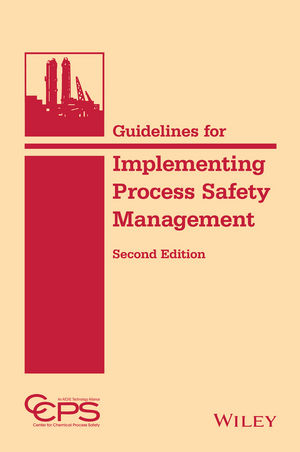
The next time you drive by a highway work zone, try to envision how it differs from one that existed a decade ago. Is there more equipment on site? Maybe. Are the barrels and barriers still orange? Most likely. Are drivers still expected to slow down in these areas? Absolutely. Perhaps the most obvious change is that you can see the workers. Today, high-visibility clothing on a highway construction worker is as ubiquitous as a stethoscope around a doctor’s neck.
The prevalence of high-visibility garments in the safety marketplace and on the jobsite is directly attributable to two product-performance standards developed by the ISEA High-Visibility Products Group: ANSI/ISEA 107-2010 for high-visibility safety apparel and headwear and ANSI/ISEA 207-2006 for high-visibility vests used specifically by the public safety sector. In addition, the group is officially represented on other standards committees administered by ASTM and NFPA and participates in the development of international high-visibility standards established by the Canadian Standards Association (CSA) and International Organization for Standardization (ISO).
Industry standards
The first U.S. standard for high-visibility clothing was published in 1999. It represented the initial efforts of four companies who approached ISEA with the desire to write a standard for high-visibility clothing in response to the number of struck-by fatalities in the construction industry. Since that time, the product group has become the largest one within ISEA and is one of the most active. Development of the ANSI/ISEA 107 standard was so successful that the public safety sector requested ISEA to prepare a standard specifically for their community that provides visibility but also enables the wearer to perform his or her job where physical competing hazards are present, such as the need for a police officer to be able reach for a weapon. With the cooperation of the National Traffic Incident Management Coalition (NTIMC), ISEA was able to release ANSI/ISEA 207 in 2006. Recently, the third iteration of ANSI/ISEA 107 was published in 2010. The standard details the performance specifications for materials used in the construction of high-visibility garments. The updated version, revising the 2004 edition, did not change the long-standing requirements for compliant garments with respect to performance classification and color. However, it does address important issues for the wearer related to flame-resistance, use during rainfall and garment service-life. The inclusion of these attributes is a direct result of end-user desires and the widespread use of high-visibility garments.
The viability of these standards is aided by its adoption by regulators, an activity in which ISEA members are heavily engaged. The federal government’s acceptance of the ISEA high-visibility standards serves as a blueprint for how influential voluntary standards can be to protecting workers. Earlier versions of the standard were recognized on a local or state level, either through mandates or as a qualification for contract bidding. Today, the Federal Highway Administration (FHWA) requires that all workers exposed to moving traffic, work vehicles or construction equipment be outfitted in apparel that meets ANSI/ISEA 107 or ANSI/ISEA 207 for those emergency responders working within right-of-way zones.
Awareness & education
Regardless of which entities adopt the standards, regulate their use, or drive updated content, the ISEA High-Visibility Products Group realizes that educating users on the standards and their applicability to the user’s work tasks is an important function. As participants of the group, ISEA members are viewed as authorities on these standards, having the benefit of contributing to the final product and knowing the discussions that took place prior to the document’s approval and publication. Members are able to share this view through participation in stakeholder gatherings, such as by holding presentations at the National Safety Congress and other industry events and by briefing regulators on updated versions that take into account advances in materials development and updated test methodologies. To assist end-users, ISEA members published an FAQ bulletin outlining the differences between the 2004 and 2010 versions of ANSI/ISEA 107. Outreach to the key industry partners will continue to be on the product group’s agenda.
What's next?
Because standards approved as American National Standards must undertake some formal action - reaffirmation, revision or withdrawal - every five years, the group is in the process of revising the ANSI/ISEA 207 standard, with expected final publication by the end of 2011. At that time, members will seek to have the updated version formally acknowledged by the FHWA and will prepare supporting materials explaining the updates to the document.
For more information about the ISEA High-Visibility Products Group, visit the ISEA’s Web site at www.safetyequipment.orgYou’ll find a description of the group, including member companies and links to information about the standards and regulatory efforts, under the “About ISEA” tab. You can also find out information on the products offered by these companies at the ISEA online Buyers Guide.

